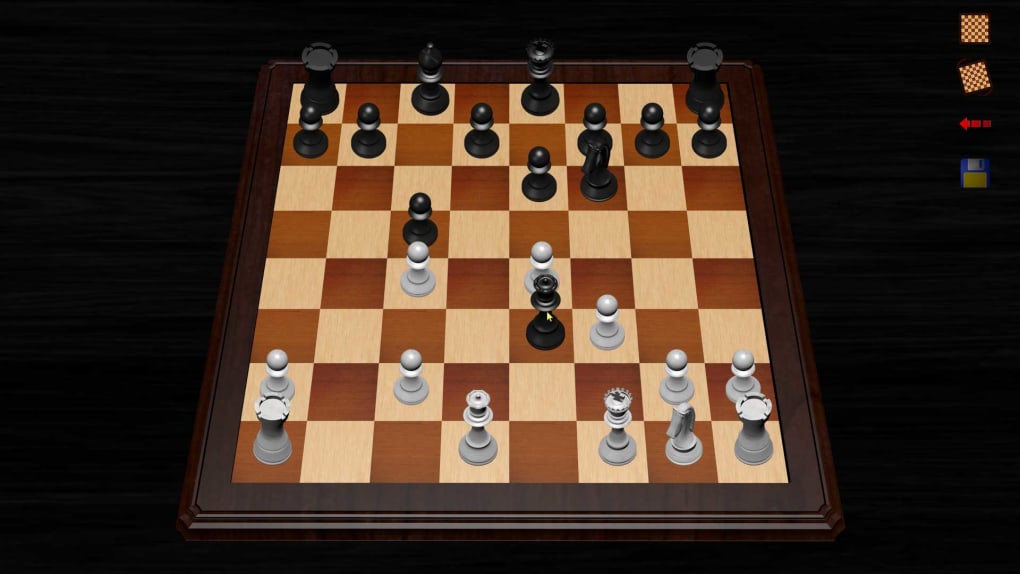

This means that if you play someone with an official rating of 200 points higher than yours, you are expected to win one out of four games against them. It stands to reason an equal performance rating means the players will have an equal chance of victory.įor a 150 point difference in rating, the odds are 70.3% that the higher-rated player will win and for 200 points, the chances are almost 76%. If the difference is 100 points, then they have a 64% chance of winning.

If a player is rated 50 points a stronger player above an opponent, it is determined that there is a 57.15% chance that they will win. The difference between the ratings of the two players indicates the potential result win, lose or draw.

Great if you are considering betting on chess matches. One advantage of the Elo rating system is it can provide an estimated probability of the outcome of a given chess game. This prevents players from padding their performance ratings by playing easy competition. For example, a win against a much lower-ranked opponent, such as one with a 200 – 300 point differential, will not win many points. Put a different way, the Elo rating system rewards players for exceeding expectations and punishes them for falling below them. Likewise, he or she would lose more points by losing to a player with an inferior score. A player will win more points if he or she wins against a higher-rated player. Simple enough, but it gets more complicated. In this system for measuring players’ strengths, points are awarded for wins and deducted for losses. I’m not about to reel off reams of hypothetical scores based on the formula as set out by Elo, nor will I introduce the complicated math and algebra required to explain it further – Should you wish to delve deeper into the details, then I found this great little page which is a good resource. Universal Rating System Complicated Formula.Many of the other systems use the same principles as the Elo. There are other chess rating systems but the Elo is the main one. National chess organizations use it as well, as do popular online chess site like.

Different federations use different mathematical formulas but all are a good representation of ability when applied in an official manner.Ĭhess scores are generally based on a model system called the Elo rating system, which was invented by Hungarian-American chess master Arpad Elo to distinguish different abilities and establish levels of players.įIDE, the Federation International des Echecs (International Chess Federation in English), which is the worldwide chess governing body, uses this system. There are several factors attributed to the formula of working out a player’s actual rating and position in any given ratings table or list. Ratings increase and decrease on results based on the rating differences of the opponents.įor the vast majority of players, the Elo rating system is the official figure used by FIDE and the USCF to attribute scores and rating differences to chess competitors. It stands to reason a higher score means greater ability, but let’s take a deeper look into how chess ratings work, and for this post, the Elo systemĬhess ratings are a representative value of a chess player’s ability in competitive matches subject to fluctuation based on results from matches against similarly rated players using the Elo system. ⭐⭐⭐ Take 5 minutes to read and improve your chess game ➡️ : This article was first published on, and is Copyright of įor the vast majority of chess players, the Elo official rating system is the official figure used by FIDE and the United States Chess Federation to attribute scores and rating differences to chess competitors.


 0 kommentar(er)
0 kommentar(er)
